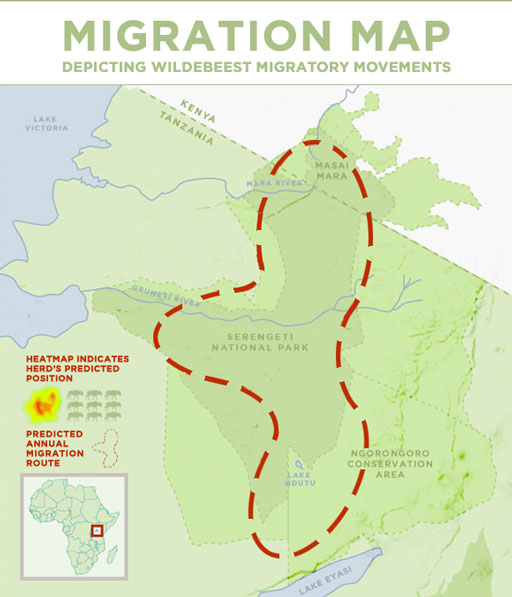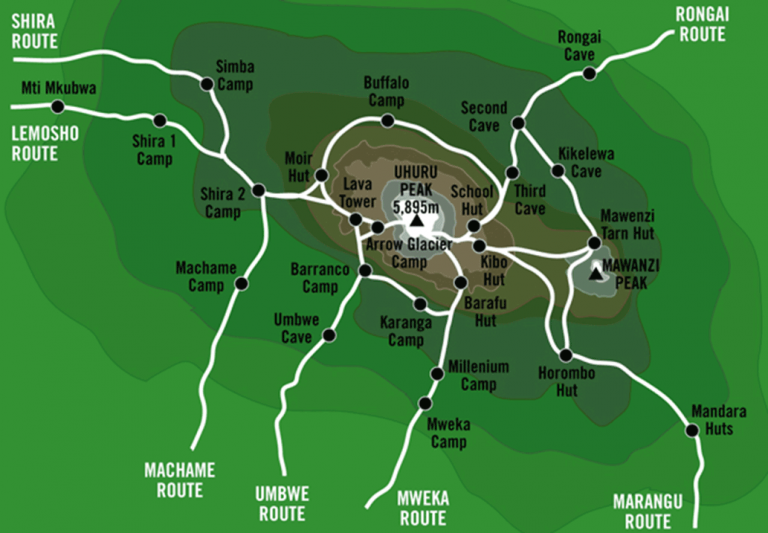“Uganda’s most popular national park“
One of the oldest parks in Uganda, Queen Elizabeth National Park is Uganda’s premier safari destination. The park is located between Lake George and Lake Edward with the Kazinga channel connecting the two lakes. Its ideal location between the gorillas of Bwindi and the chimpanzees of Kibale makes for the perfect pit-stop between the two popular parks, providing some of the best game-viewing you’ll find outside of Kenya and Tanzania’s large parks. Four of the Big Five are present (rhinos being the absentee), with the park one of only two places on earth where you can hope to see tree-climbing lions (the other being Lake Manyara National park).
With 612 bird species, it is a great place for bird-watchers. Multiple daily boat cruises along the Kazinga channel, provide a great platform for seeing plenty of hippos, crocodiles, buffalos, and waterbirds on the shoreline.
Queen Elizabeth National Park is the most popular savanna park in Uganda and the best place to see lions including the Tree Climbing lions making it the perfect destination for an Uganda Wildlife Safari. It prides itself in a great diversity of habitats that include: lakes, savannah grasslands, forests, and wetlands that serve as home to the biggest variety of large mammals in the country.
Where Is Queen Elizabeth National Park Located?
One would wonder where Queen Elizabeth National Park is located. Well, it is found in the western part of Uganda laying between Lakes Gorge and Albert with the Kazinga Channel crossing through its 700 sq mile land area. The park was named after the Queen of England in 1954 following her visit.
Wildlife In Queen Elizabeth National Park
The park is home to 618 bird species which is the 6th highest diversity in the world and the highest in Africa making it a perfect destination for Uganda Birding Safaris, in addition to 10 primate species like chimpanzees and 95 mammals including big game.
Attractions In Queen Elizabeth National Park
Tree Climbing Lions: with just two populations of these unique lions in the whole world, explore the southern Ishasha sector to track these lions commonly seen up in the fig and acacia trees. The Kazinga Channel: this natural water channel connects Lakes Albert and Gorge and is home to a large number of hippos, Nile Crocodiles, elephants, and hippos which can easily be seen on the thrilling Kazinga Boat Ride Kasenyi Plains: these plains are popularly visited by tourists on an Uganda Wildlife Safari as they are home to a very large number of antelopes, the Uganda Kobs, lions and several large predators Kalinzu Forest: this offers very rewarding chimpanzee tracking experiences and it is located on the southeastern corner of the park The Kyambura Gorge: this verdant forested 100-meter deep valley with peculiar is home to a large number of primates and popular for Chimpanzee tracking tours in Uganda. Mweya Peninsular: this is a stretch of land that protrudes into Lake Edwards is commonly visited during game drives as it offers perfect game views while exploring the various game tracks. Lake Katwe Salt Works: within the alkaline Lake Katwe, salt mining works have been ongoing for several years since that is the main economic activity in the area. Consequently, a large number of tourists visit here to learn and observe the traditional method of salt mining The Katwe Explosion Crater Lakes: these lakes found in the northern part are found on the highest elevation of the park. from here tourists enjoy sweeping views of the Rwenzori Mountain ranges, the western rift valley escarpments, and lakes George and Edward.
How To Get To Queen Elizabeth National Park
the park is located about 389 km from the capital Kampala and can be accessed either by road on a 6h 30min drive via Masaka Road or by a charter flight.
Best Time To Visit Queen Elizabeth National Park
The Dry season that runs from January to February and from June to September is considered the best time to visit with the peak safari time in Uganda being from June to September, while Migratory species arrive in August to December, and March to May offers the best birding time
Contact us on how you can incorporate Queen Elizabeth National Park into your safari itinerary.









